What are the primary applications of metric wedge anchors in construction and industrial settings
2024-10-23Structural Support: Metric wedge anchors are essential in securing critical load-bearing components such as beams, columns, and trusses to concrete foundations. Their robust design allows them to handle immense shear and tensile forces, making them indispensable in large-scale construction projects like skyscrapers, stadiums, and bridges. They are specifically engineered to provide stability under dynamic loads, such as wind or seismic activity, ensuring the structural elements remain secure and aligned. The anchors create a mechanical interlock within the concrete, distributing the load evenly and reducing stress concentration, which is crucial for maintaining the longevity and safety of the structure. Metric wedge anchors are often selected for their compatibility with reinforcement designs, allowing them to be integrated seamlessly into concrete reinforcements without compromising structural integrity.
Mechanical Equipment Mounting: In industrial settings, precision and stability are paramount when anchoring heavy machinery such as CNC machines, compressors, or industrial presses. Metric wedge anchors are chosen for their high load-bearing capacity and resistance to loosening under vibrational forces. They ensure that equipment remains securely mounted to concrete floors, minimizing the risk of misalignment or displacement, which can lead to operational inefficiencies or mechanical failures. The anchors can be used in conjunction with anti-vibration pads and torque-controlled tightening techniques to further enhance stability. Additionally, in environments where machinery is subject to frequent relocation or reconfiguration, removable wedge anchors allow for flexibility without compromising the structural integrity of the concrete.
Safety Barriers and Guardrails: Safety is a top priority in environments such as parking structures, walkways, and industrial sites, where the installation of barriers and guardrails is necessary to protect people and property. Metric wedge anchors offer the strength needed to secure these safety installations, ensuring they can withstand both static and dynamic impact forces. For example, in parking garages, the anchors must hold up against vehicular impacts, and in walkways or factory settings, they must endure collisions with heavy equipment or materials. Proper selection of anchor size, material (e.g., stainless steel for corrosion resistance), and installation technique is critical to meet safety standards and prevent structural failures.
Tension and Compression Applications: Metric wedge anchors are versatile and capable of handling both tensile and compressive forces. This makes them suitable for applications such as securing tensile structures, cable-stayed systems, or other high-tension applications where forces are directed away from the base material. Their design ensures that, when properly installed, they distribute forces uniformly across the concrete substrate, minimizing the risk of cracking or spalling. In compression applications, such as supporting overhead pipes or suspended equipment, wedge anchors provide a stable base that prevents vertical displacement or settling. Their use in such scenarios is governed by engineering standards that consider load calculations, base material strength, and installation depth to ensure maximum performance and safety.




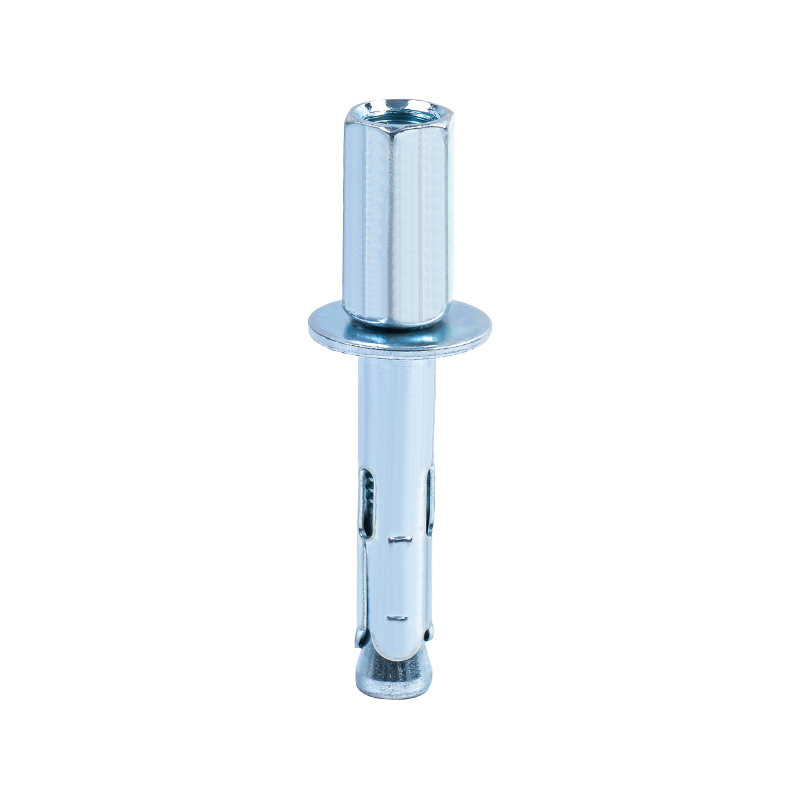
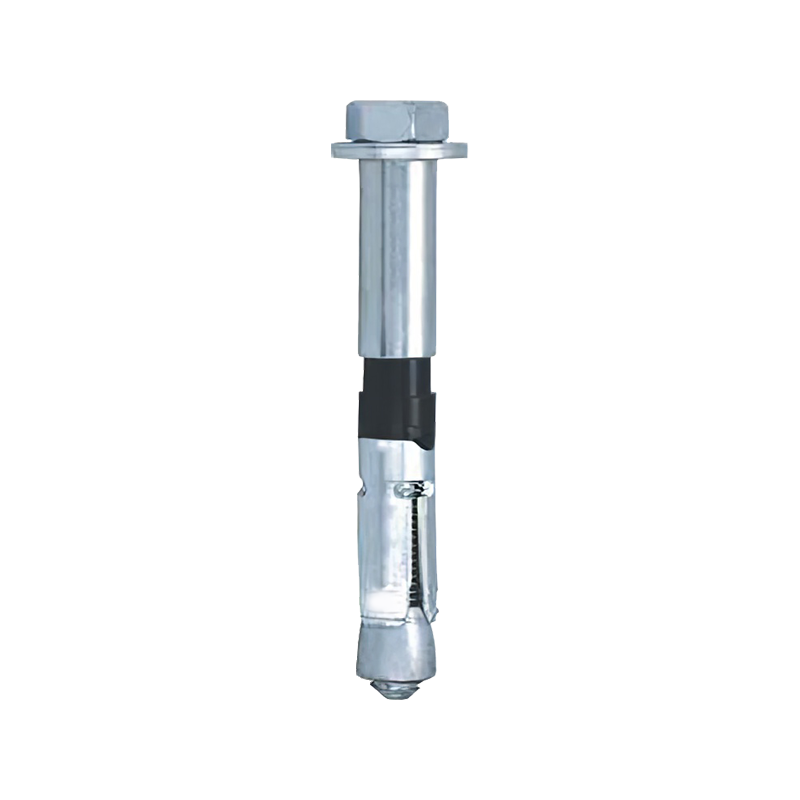
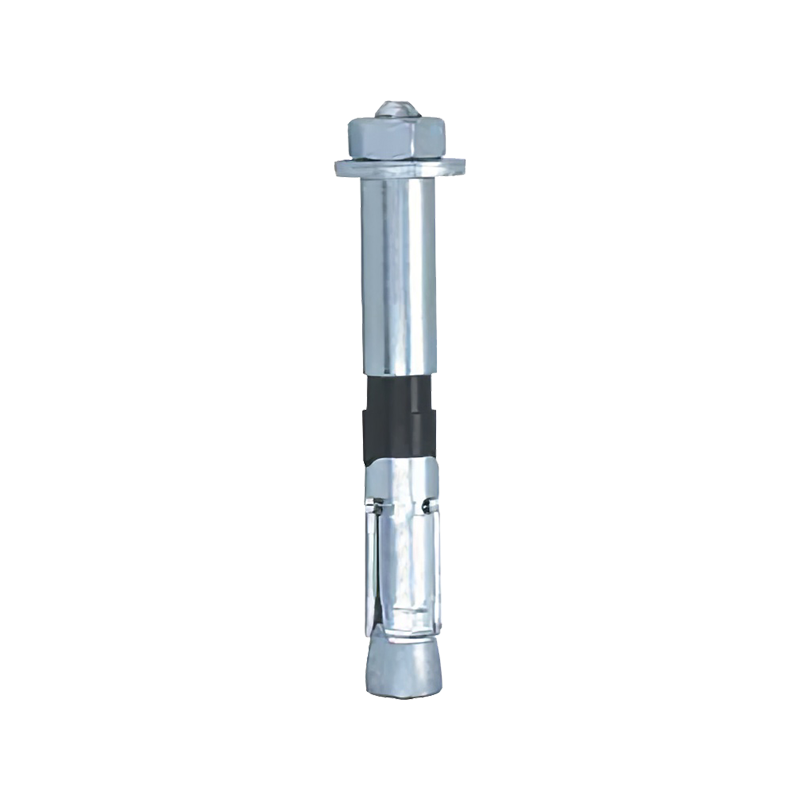
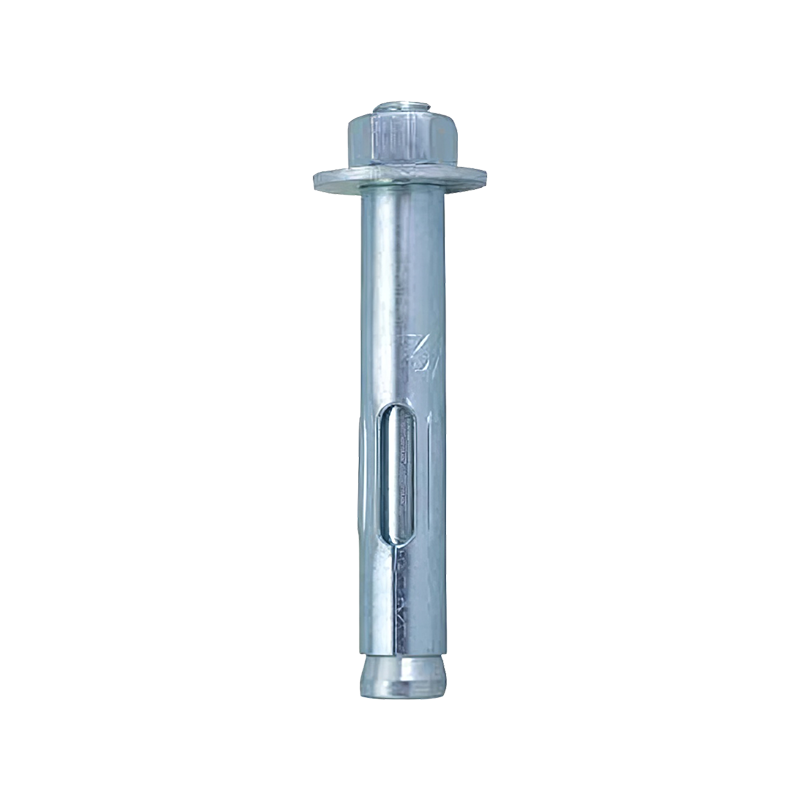
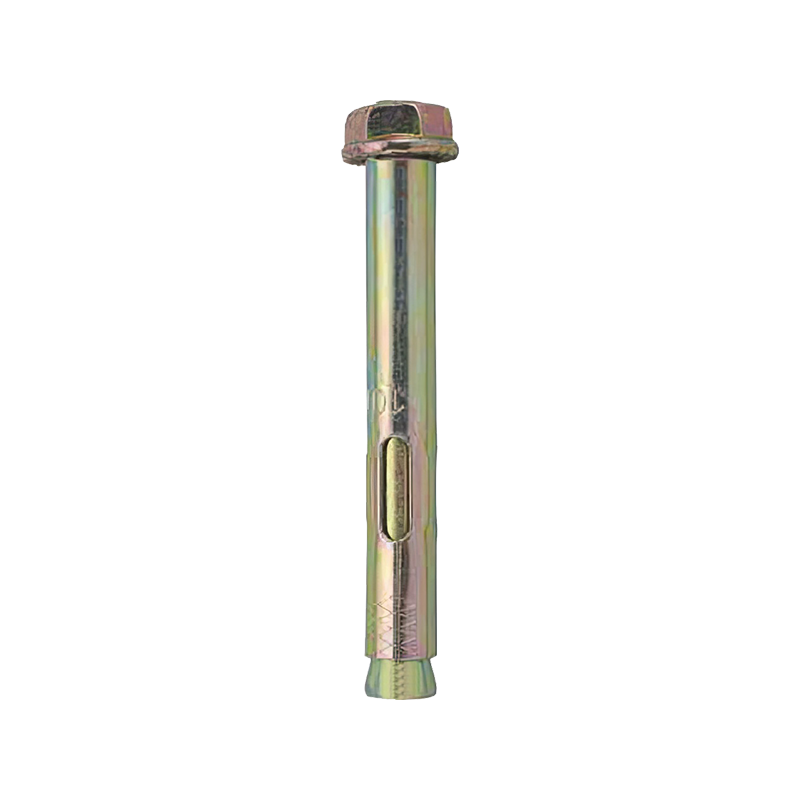
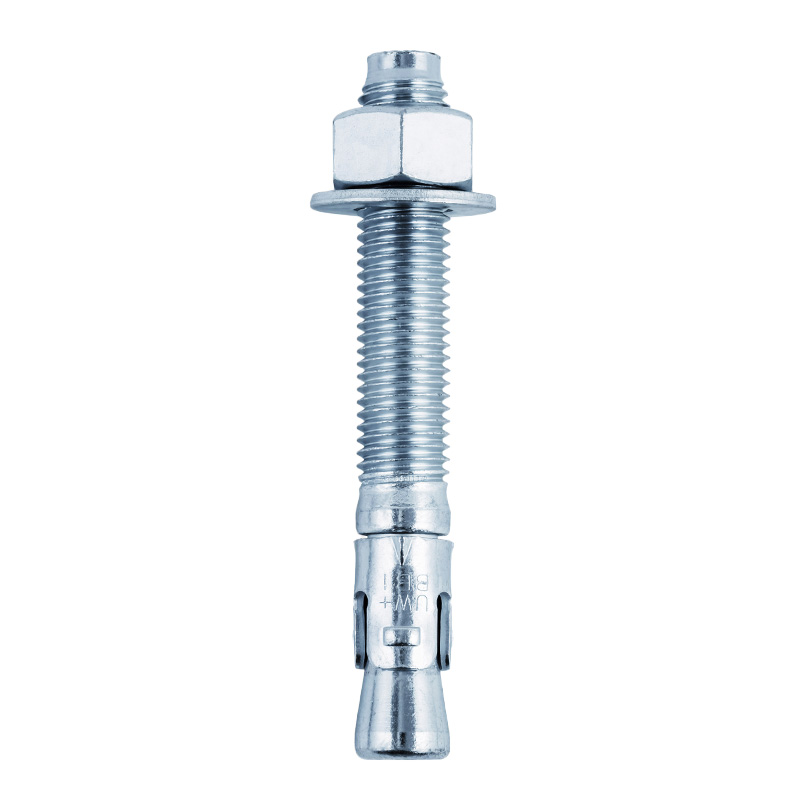
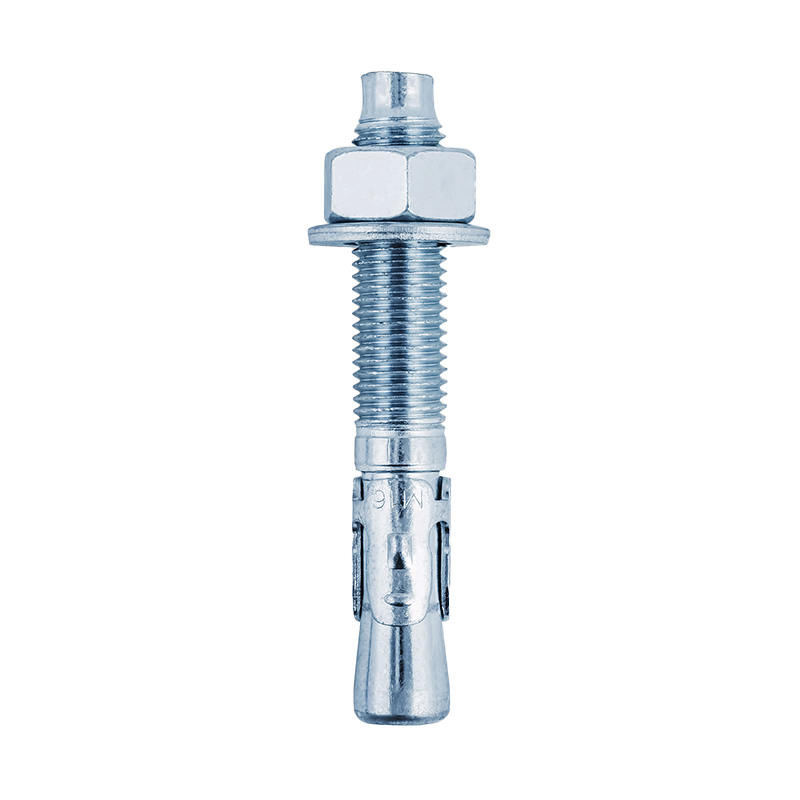

Contact Us